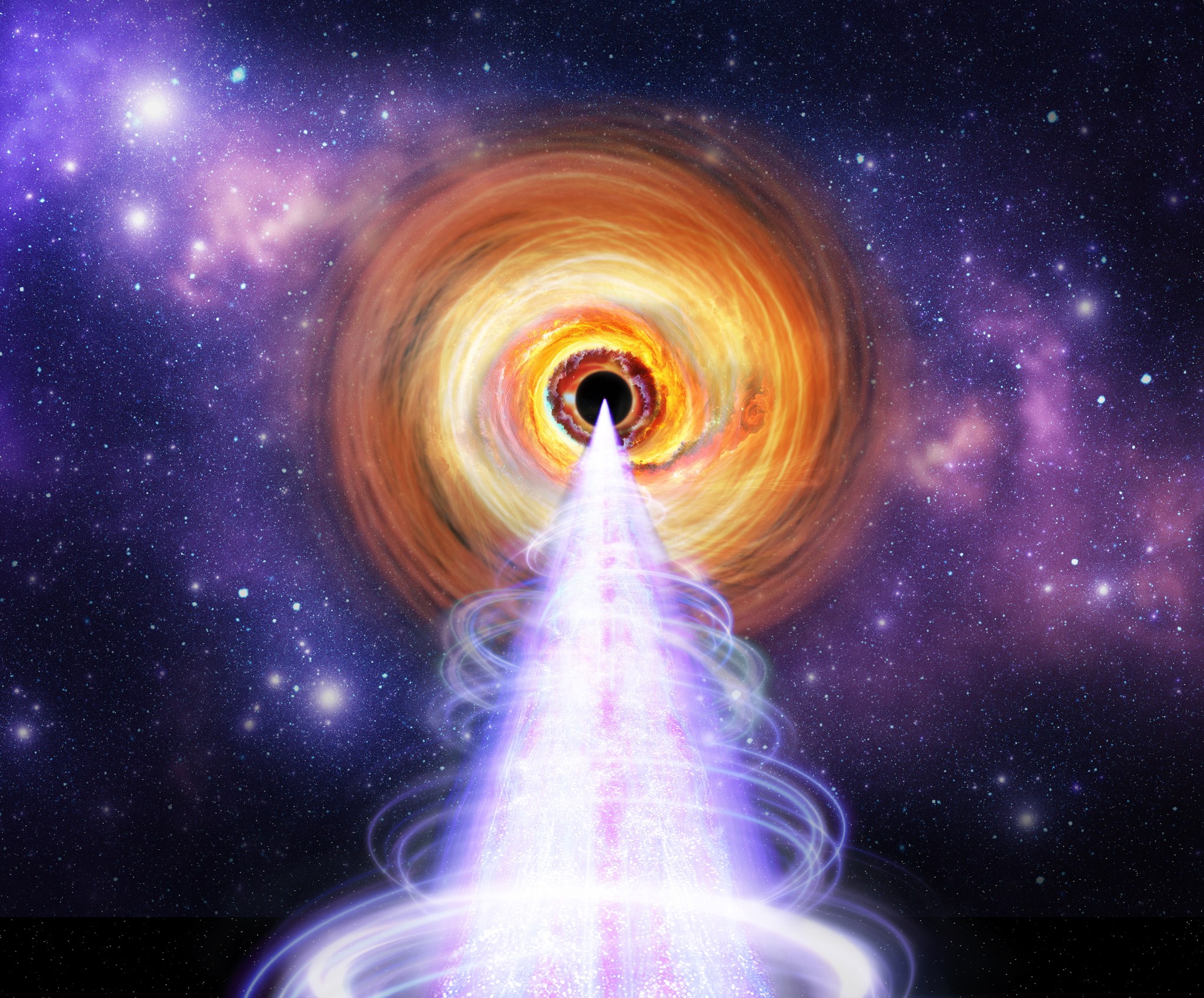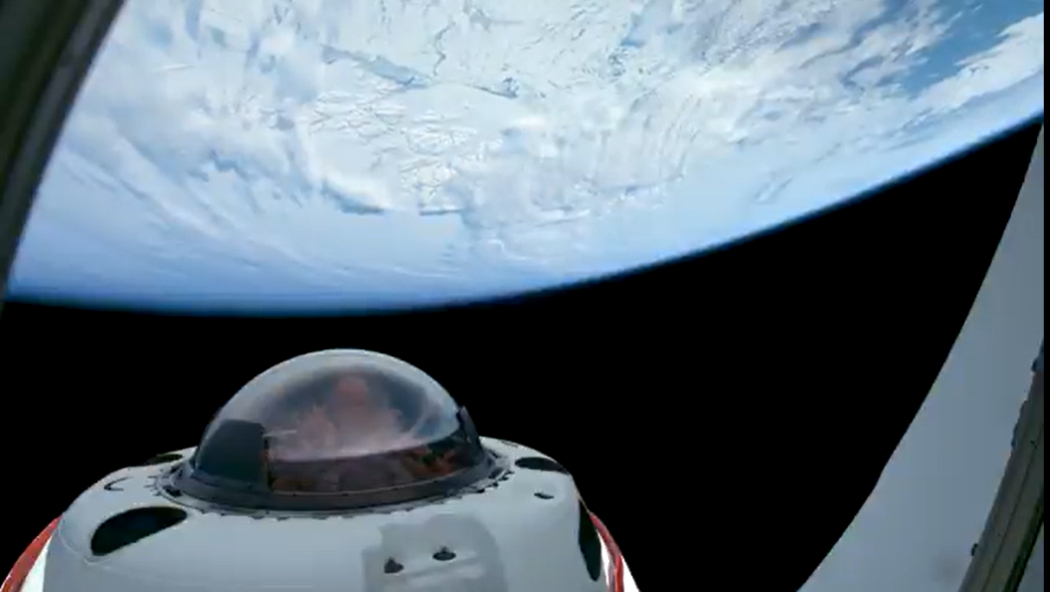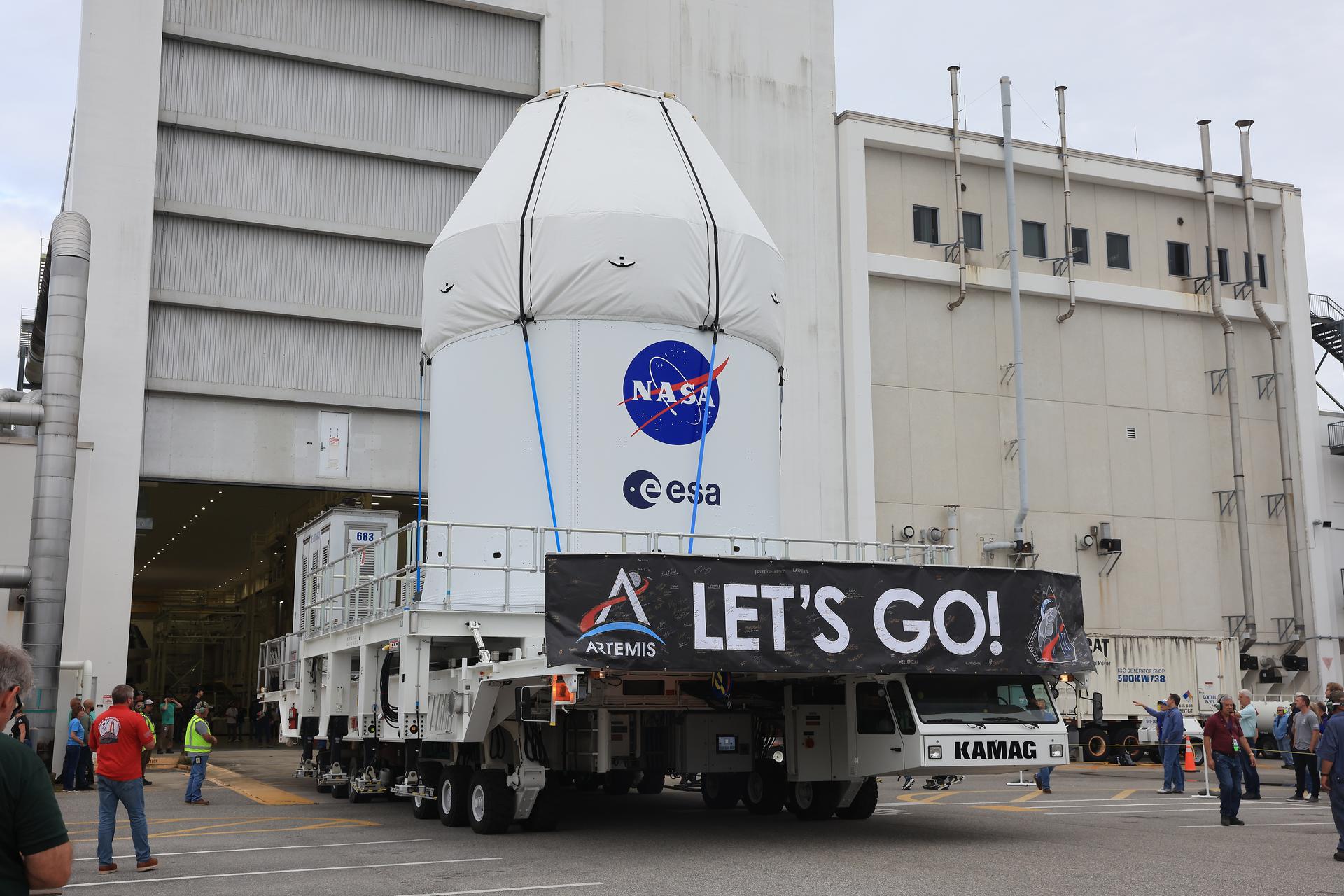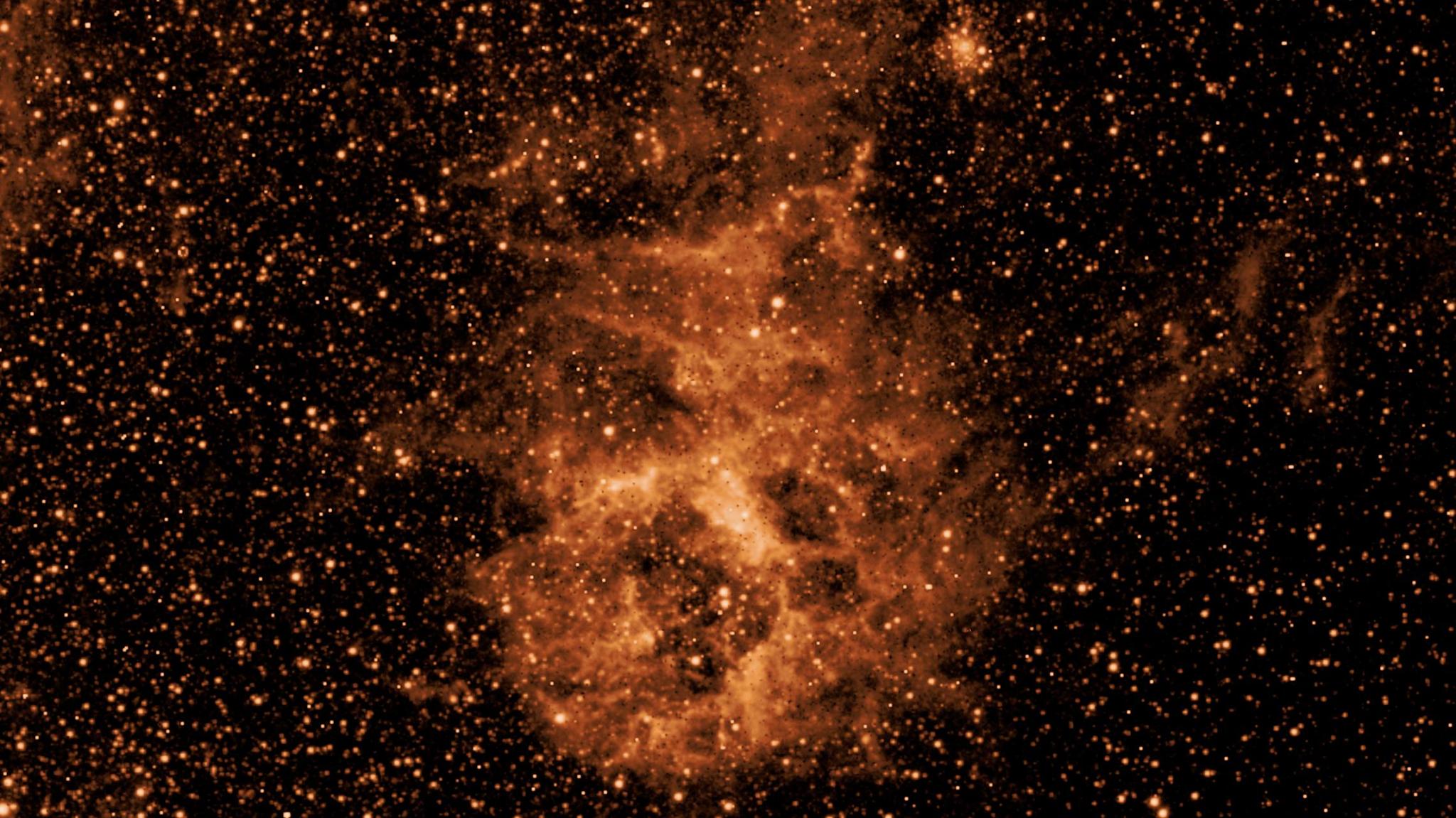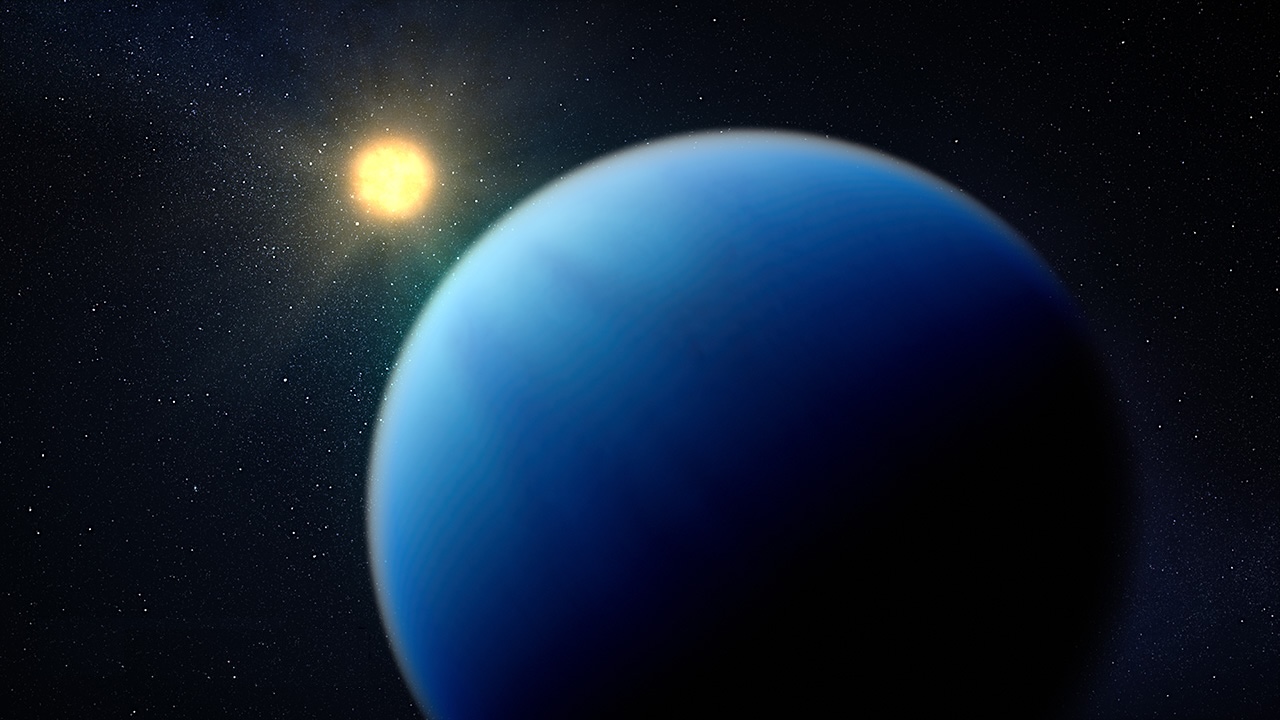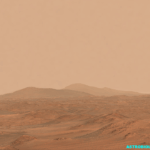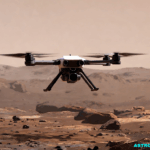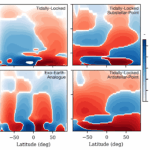Credit: NASA NASA’s on-demand streaming service, NASA+, launched a FAST (Free Ad-Supported Television) channel on Prime Video Tuesday, giving viewers another way to watch the agency’s aeronautics, human spaceflight, science,
Archive for May, 202589- Page
5 min read Preparations for Next Moonwalk Simulations Underway (and Underwater) The blazar BL Lacertae, a supermassive black hole surrounded by a bright disk and jets oriented toward Earth, provided
5 min read Preparations for Next Moonwalk Simulations Underway (and Underwater) The blazar BL Lacertae, a supermassive black hole surrounded by a bright disk and jets oriented toward Earth, provided
Stratolaunch Systems has gone hypersonic — twice. Stratolaunch took its uncrewed Talon-A2 prototype to hypersonic speeds for the first time this past December, then repeated the feat in March, the
Just over a month since the return of the first astronauts to orbit Earth’s poles, SpaceX has released a four-hour video highlighting what that looked like from space. SpaceX launched
Join our newsletter to get the latest military space news every Tuesday by veteran defense journalist Sandra Erwin. WASHINGTON — The U.S. Space Force awarded a $259 million contract to
Technicians move the Orion spacecraft for NASA’s Artemis II test flight out of the Neil A. Armstrong Operations and Checkout Building to the Multi-Payload Processing Facility at Kennedy Space Center
NASA/JPL-Caltech A soot-like cloud is revealed in a section of the sky in this May 1, 2025, image from NASA’S SPHEREx space observatory. On May 1, SPHEREx began regular science
Rain – Grok via Astrobiology.com Clouds form upon existing particles in the atmosphere and extreme weather events like flooding and snowstorms are related to production of large amounts of ice
Exoplanet TOI-421 b — NASA Though they don’t orbit around our Sun, sub-Neptunes are the most common type of exoplanet, or planet outside our solar system, that have been observed
-
 01From Polymerization-Enabled Folding and Assembly to Chemical Evolution: Key Processes for Emergence of Functional Polymers in the Origin of Life
01From Polymerization-Enabled Folding and Assembly to Chemical Evolution: Key Processes for Emergence of Functional Polymers in the Origin of Life -
 02Panasonic Leica Summilux DG 15mm f/1.7 ASPH review
02Panasonic Leica Summilux DG 15mm f/1.7 ASPH review -
 03How New NASA, India Earth Satellite NISAR Will See Earth
03How New NASA, India Earth Satellite NISAR Will See Earth -
 04And Thus Begins A New Year For Life On Earth
04And Thus Begins A New Year For Life On Earth -
 05Astronomy Activation Ambassadors: A New Era
05Astronomy Activation Ambassadors: A New Era -
06SpaceX launch surge helps set new global launch record in 2024
-
 07Space Force plans new ‘Futures Command’ amid pressure to speed up modernization
07Space Force plans new ‘Futures Command’ amid pressure to speed up modernization



